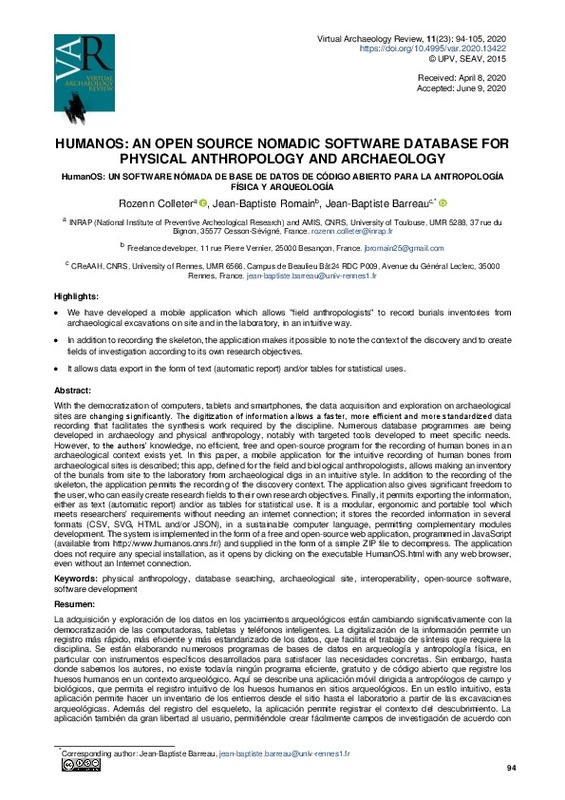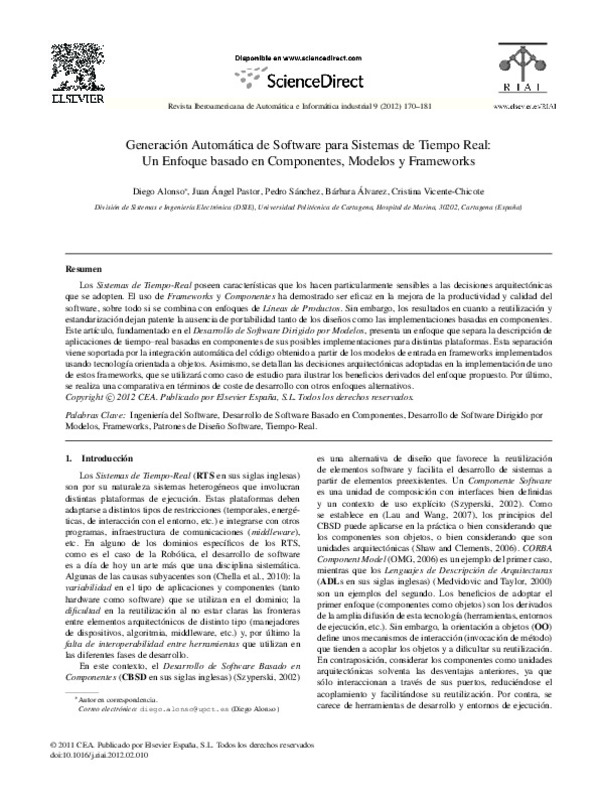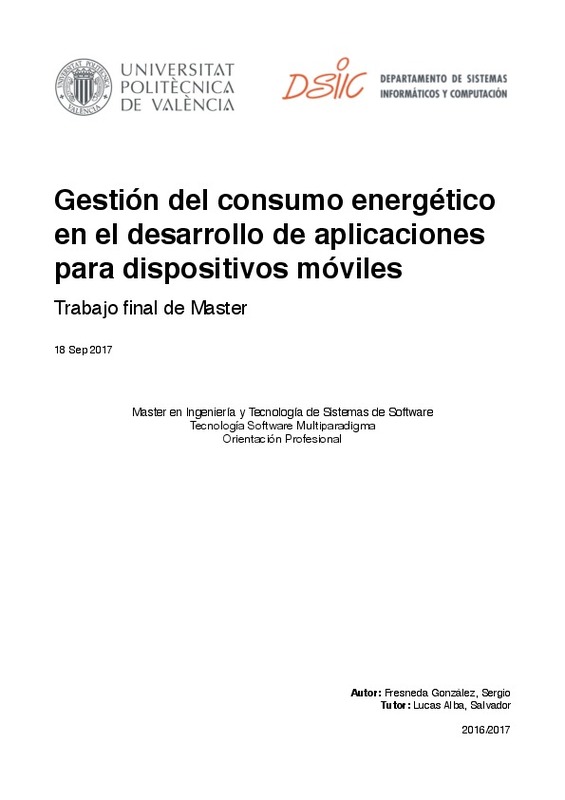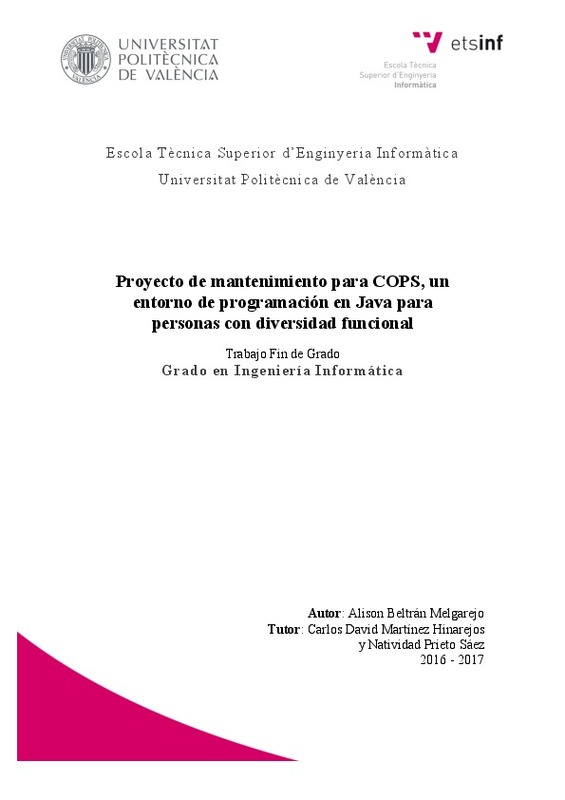|
Resumen:
|
[ES] La adquisición y exploración de los datos en los yacimientos arqueológicos están cambiando significativamente con la democratización de las computadoras, tabletas y teléfonos inteligentes. La digitalización de la ...[+]
[ES] La adquisición y exploración de los datos en los yacimientos arqueológicos están cambiando significativamente con la democratización de las computadoras, tabletas y teléfonos inteligentes. La digitalización de la información permite un registro más rápido, más eficiente y más estandarizado de los datos, que facilita el trabajo de síntesis que requiere la disciplina. Se están elaborando numerosos programas de bases de datos en arqueología y antropología física, en particular con instrumentos específicos desarrollados para satisfacer las necesidades concretas. Sin embargo, hasta donde sabemos los autores, no existe todavía ningún programa eficiente, gratuito y de código abierto que registre los huesos humanos en un contexto arqueológico. Aquí se describe una aplicación móvil dirigida a antropólogos de campo y biológicos, que permita el registro intuitivo de los huesos humanos en sitios arqueológicos. En un estilo intuitivo, esta aplicación permite hacer un inventario de los entierros desde el sitio hasta el laboratorio a partir de las excavaciones arqueológicas. Además del registro del esqueleto, la aplicación permite registrar el contexto del descubrimiento. La aplicación también da gran libertad al usuario, permitiéndole crear fácilmente campos de investigación de acuerdo con sus propios objetivos de investigación. Por último, realiza la exportación de la información como texto (informe automático) y/o tablas para uso estadístico. Es una herramienta modular, ergonómica y portátil, que se adapta a las exigencias de los investigadores, sin requerir conexión a Internet; almacena la información registrada en varios formatos (CSV, SVG, HTML y/o JSON), en un lenguaje informático sostenible para el desarrollo de módulos complementarios. El sistema se implementa en forma de una aplicación web libre y de código abierto, programada en JavaScript (disponible en http://www.humanos.cnrs.fr/), suministrada en forma de un simple archivo ZIP para descomprimir. La aplicación no exige ninguna instalación especial; se abre haciendo clic en el ejecutable "HumanOS.html" con cualquier navegador web, incluso sin conexión a Internet.
[-]
[EN] With the democratization of computers, tablets and smartphones, the data acquisition and exploration on archaeological sites are changing significantly. The digitization of information allows a faster, more efficient ...[+]
[EN] With the democratization of computers, tablets and smartphones, the data acquisition and exploration on archaeological sites are changing significantly. The digitization of information allows a faster, more efficient and more standardized data recording that facilitates the synthesis work required by the discipline. Numerous database programmes are being developed in archaeology and physical anthropology, notably with targeted tools developed to meet specific needs. However, to the authors’ knowledge, no efficient, free and open-source program for the recording of human bones in an archaeological context exists yet. In this paper, a mobile application for the intuitive recording of human bones from archaeological sites is described; this app, defined for the field and biological anthropologists, allows making an inventory of the burials from site to the laboratory from archaeological digs in an intuitive style. In addition to the recording of the skeleton, the application permits the recording of the discovery context. The application also gives significant freedom to the user, who can easily create research fields to their own research objectives. Finally, it permits exporting the information, either as text (automatic report) and/or as tables for statistical use. It is a modular, ergonomic and portable tool which meets researchers' requirements without needing an internet connection; it stores the recorded information in several formats (CSV, SVG, HTML and/or JSON), in a sustainable computer language, permitting complementary modules development. The system is implemented in the form of a free and open-source web application, programmed in JavaScript (available from http://www.humanos.cnrs.fr/) and supplied in the form of a simple ZIP file to decompress. The application does not require any special installation, as it opens by clicking on the executable "HumanOS.html" with any web browser, even without an Internet connection.Highlights:We have developed a mobile application which allows "field anthropologists" to record burials inventories from archaeological excavations on site and in the laboratory, in an intuitive way.In addition to recording the skeleton, the application makes it possible to note the context of the discovery and to create fields of investigation according to its own research objectives.It allows data export in the form of text (automatic report) and/or tables for statistical uses.
[-]
|












